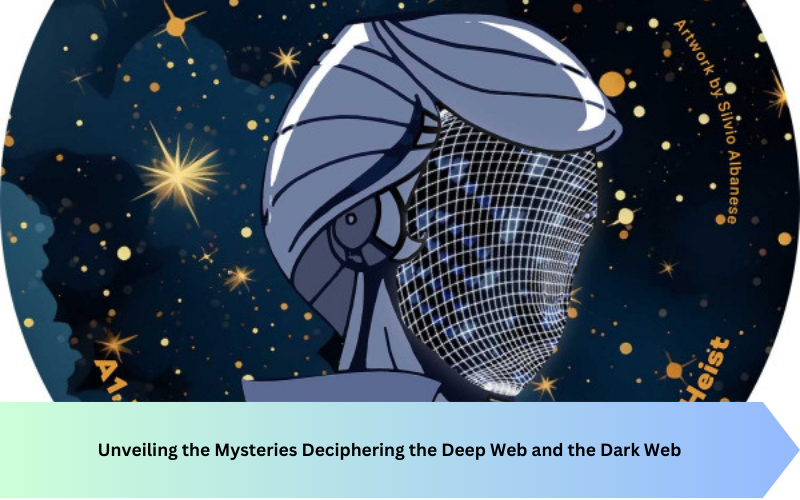In the labyrinth of cyberspace, where conventional search engines falter and the depths of anonymity beckon, lie two enigmatic realms: the Deep Web and the Dark Web. Often conflated but distinctly different, these hidden corners of the internet harbor a plethora of secrets, from mundane databases to illicit marketplaces. Let’s embark on a journey to demystify these digital domains and discern their disparities.
Understanding the Deep Web
The Deep Web, often likened to the submerged portion of an iceberg, comprises vast expanses of online content that aren’t indexed by conventional search engines. It encompasses everything beyond the reach of search engine crawlers, including private databases, academic archives, subscription-based content, and dynamically generated pages. Essentially, any content behind a paywall or requiring login credentials qualifies as part of the Deep Web. This clandestine trove, estimated to be exponentially larger than the surface web, serves as a repository for sensitive information and guarded resources.
Unveiling the Dark Web
In stark contrast, the Dark Web is a clandestine network overlaying the internet, accessible only through specialized software like Tor (The Onion Router). Concealed within this shadowy enclave are websites intentionally hidden from mainstream visibility, often associated with illicit activities ranging from illegal marketplaces and forums to hacker havens and anonymous communication channels. Operating beneath layers of encryption and anonymity, denizens of the Dark Web engage in activities shielded from scrutiny, fostering an underground economy fueled by cryptocurrencies and clandestine transactions.
Differentiating Characteristics
While both the Deep Web and the Dark Web operate beyond the purview of traditional search engines, they diverge significantly in their nature and accessibility. The Deep Web comprises legitimate but hidden content, inaccessible to search engines due to technical barriers or intentional restrictions. Conversely, the Dark Web thrives on anonymity and encryption, harboring illicit activities and fostering a subculture of secrecy and subversion.
Five FAQs: Shedding Light on the Shadows
- Is the Dark Web Illegal? While the Dark Web itself isn’t inherently illegal, it facilitates a myriad of illicit activities, including the sale of drugs, weapons, and stolen data, as well as services like hacking and cybercrime forums. Engaging in illegal activities on the Dark Web is, of course, unlawful.
- Can You Access the Dark Web Safely? Accessing the Dark Web entails inherent risks, given its association with illegal activities and potential exposure to malicious actors. Utilizing anonymity tools like Tor and employing stringent security measures can mitigate some risks, but caution is paramount.
- Is the Deep Web Dangerous? The Deep Web encompasses a broad spectrum of content, ranging from innocuous databases to sensitive corporate networks. While it’s not inherently dangerous, navigating certain areas of the Deep Web without proper authorization or precautions can lead to legal or security ramifications.
- How Is Anonymity Maintained on the Dark Web? The Dark Web relies on specialized software like Tor, which routes internet traffic through a series of encrypted relays, obscuring users’ identities and locations. Cryptocurrencies further anonymize transactions, fostering an environment conducive to clandestine activities.
- Can Law Enforcement Monitor the Dark Web? Law enforcement agencies actively monitor the Dark Web to combat illegal activities and apprehend perpetrators. Despite its encrypted nature, investigations often leverage sophisticated techniques and collaboration with international partners to identify and prosecute criminal actors.
In Conclusion
While the Deep Web and the Dark Web share the commonality of residing beyond the reach of traditional search engines, their disparities are profound. The Deep Web encompasses legitimate but hidden content, whereas the Dark Web thrives on anonymity and hosts a clandestine underworld. Understanding these distinctions is crucial in navigating the complexities of cyberspace and safeguarding against its inherent risks. As we delve deeper into the digital realm, let’s tread cautiously and remain vigilant amidst the shadows.





